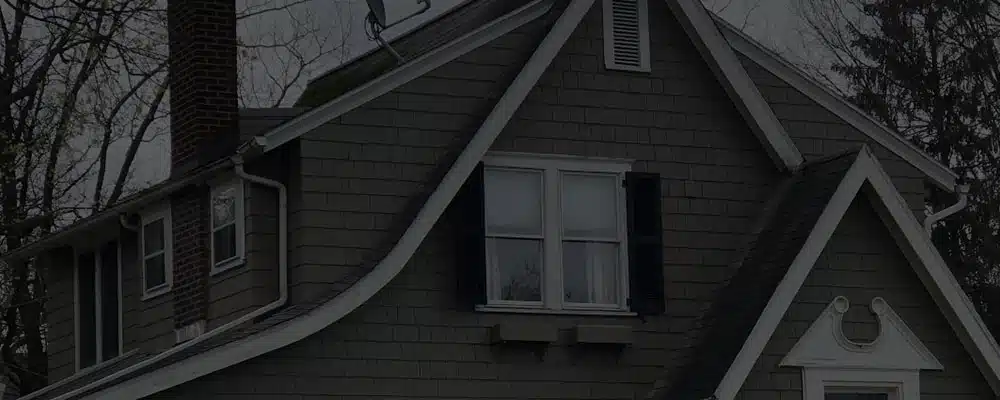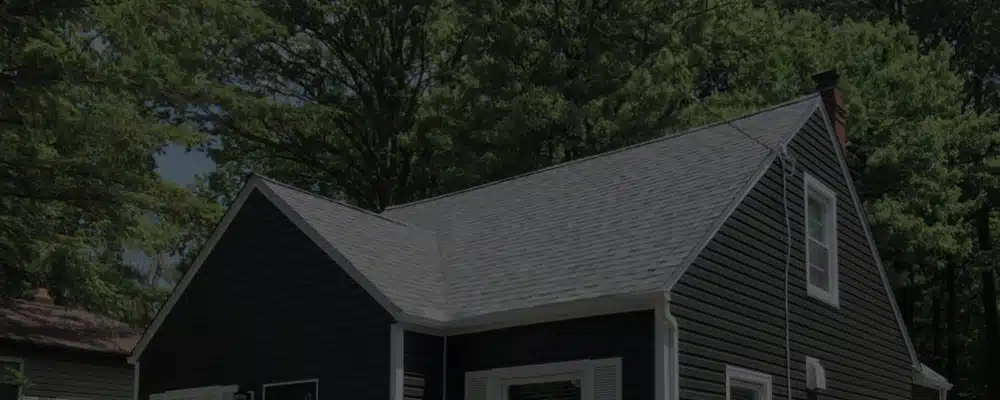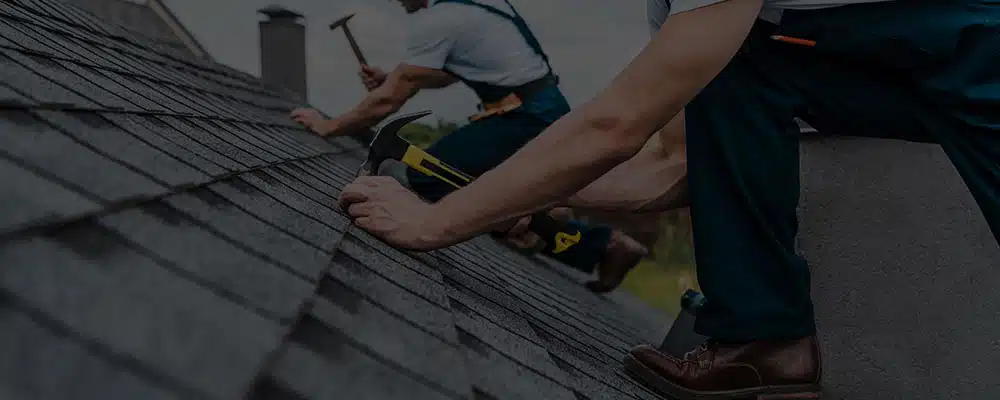Getting your sidings inspected and done after a roof repair is a good idea. Fiber cement is one of the types of exterior siding that is getting traction due to better designs and appearance than many other sidings. But should you choose this siding option? Let’s find out!
Fiber Cement Siding
It’s made with a combination of cement blend, cellulose fibers (wood), and silica. During the manufacturing process, these materials are mixed and compressed to form planks or shingles. There is a huge variety of textures and styles when it comes to fiber cement siding.
Pros Of Fiber Cement Siding
Fire Protection
Fire resistance is one of the top priorities of homeowners when choosing a building or siding material. Most of the fiber cement’s composition contains materials that are inflammable so you will rest assured that the siding is fireproof.
Fiber cement has a Class 1(A) flame-spread rating. This is the best fire resistance rating any material can get. This means the siding will not be affected by direct flames and heat.
Durability
Fiber cement siding can withstand weather elements and also offer protection against rot and insects. Natural sidings have another problem of warping apart from rotting and insect damage whereas fiber cement is impervious to warping.
Moreover, siding materials like vinyl can melt due to the exposure to ultraviolet rays of the sun, but fiber cement siding’s structure won’t be degraded with this factor. Plus, as explained in the first point, it’s also fire-resistant.
Furthermore, aluminum and metal sidings are prone to dents upon impact, but fiber cement siding is sturdy enough to stay flat to impact.
Low Maintenance
Durability and low maintenance go hand in hand. Fiber cement siding is low on maintenance because it’s resistant to moisture, rot, damage from insects, strong winds, temperature changes, and sun exposure.
If you buy pre-painted fiber cement siding, you won’t need to paint it for about 15 years. Even when you do paint, the paint doesn’t fade quickly as it does on wood. For an unfinished fiber cement siding, you may need to paint it every 5-10 years.
Apart from painting, all you have to do to maintain your fiber cement siding is power wash it once a year, clean the gutters and downspouts, and caulk around joints.
If low maintenance is your priority when choosing an exterior siding material, then you should prefer fiber cement.
Reduces Allergens
People who have allergies try to reduce the number of allergens in their house to avoid allergic reactions. There are no seams that overlap in fiber cement siding so it stops the growth of mold and mildew – some prominent indoor allergens. Moreover, the material is made of cement so insects can’t get in by eating it and creating an entrance. These properties of fiber cement allow you to reduce allergens indoors.
Eco-Friendly
Fiber cement siding is a sustainable siding option compared to others. Cellulose (wood) is used in the preparation of fiber cement, but most manufacturers use eco-friendly methods of acquiring wood like using recycled wood to reduce tree harvesting.
Typically, fiber cement doesn’t contain volatile organic chemicals (VOCs) that are common in engineered and chemically prepared products. VOCs are toxic compounds. They spread in the air and cause health problems to the people who breathe in the environment where VOCs are present. Keep in mind that some other siding materials create VOCs like vinyl siding.
Customizations
You can use fiber cement in various ways like shingles, trims, and clapboards. Moreover, there are also planks, wood-like shakes, curved shakes, and geometric patterns. You can select the fiber cement siding of the thickness and shape that matches your house’s exterior.
Colors And Finishes
Fiber cement comes in pre-painted and pre-primed forms. In pre-painted form, it has numerous colors and textures, and shades. You will find many textures and colors that resemble wood while others will look like natural stones, bricks, and other materials. There are also shades and textures that are unique and beautiful.
Even with these variations, if you don’t like the color, you can get pre-primed fiber cement and paint any color you want. Just make sure that you choose quality exterior paint. Once painted, you won’t need to paint it for at least 5 years and at most 12 years.
Longevity
Fiber cement is durable and low maintenance and it lasts longer than many siding materials like vinyl and wood. A non-back-coated fiber cement siding comes with 50 years of warranty while back-coated fiber cement can last for 70 years.
However, the warranty is for the material. Factory-painted fiber cement needs to be painted every 15 years. In its lifetime of 50 years, you may need to repaint it thrice. It’s not bad given that fiber cement doesn’t require any other sort of maintenance. It’s a set-it-and-forget-it type of siding option.
Withstands Salty Air
Areas near the ocean have salty air and it causes damage to the exterior of the houses. As fiber cement is a durable material, it can withstand salty air better than most materials making it a great choice for people who live near the ocean.
Cons Of Fiber Cement Siding
Higher Cost
The price associated with fiber cement is higher than some siding materials. It costs more than vinyl and wood. However, the cost of fiber cement siding is lower than brick, stone, and stucco.
We have placed this point in the disadvantages of the material, but if we compare fiber cement with materials that are cheaper than it, its durability is unmatched. For instance, moisture is a problem for wood while fiber cement is moisture-proof if you caulk the joints. Vinyl can get damaged with weather elements and sun exposure but fiber cement doesn’t.
No DIY Installation
Siding materials like vinyl are easy to install yourself, however, fiber cement is not DIY-friendly for an average homeowner, but people who have some construction skills can install fiber cement siding.
The reason it’s difficult to install is because of cement which can break or chip if you don’t handle it correctly. Moreover, the fiber cement siding slabs are heavy and hard to lift and install by someone who doesn’t have experience handling these slabs.
Additionally, the installation cost of fiber cement is also higher than vinyl and wood.
Low Insulation Value
Home insulation is an essential factor that homeowners consider when installing anything. With better insulation, your home is not affected by the outside temperature as much as a non-insulated house. For instance, if your house is insulated, it will stay cool a long time when you cool it in summer using your HVAC system. This will lead to lower utility bills.
Fiber cement doesn’t have insulation properties. If you already have a well-insulated home, this should not be anything to worry about for you. However, if you have an older house that requires better insulation, installing fiber cement siding won’t aid in insulation. For insulation, vinyl is a better option.
Conclusion
Fiber cement has some benefits like its durable, fire resistant, long-lasting, and has many textures and colors. However, this siding material costs more than vinyl, wool, and aluminum sidings and has low insulation value. Moreover, you need siding contractors Hudson for the installation of fiber cement siding.




